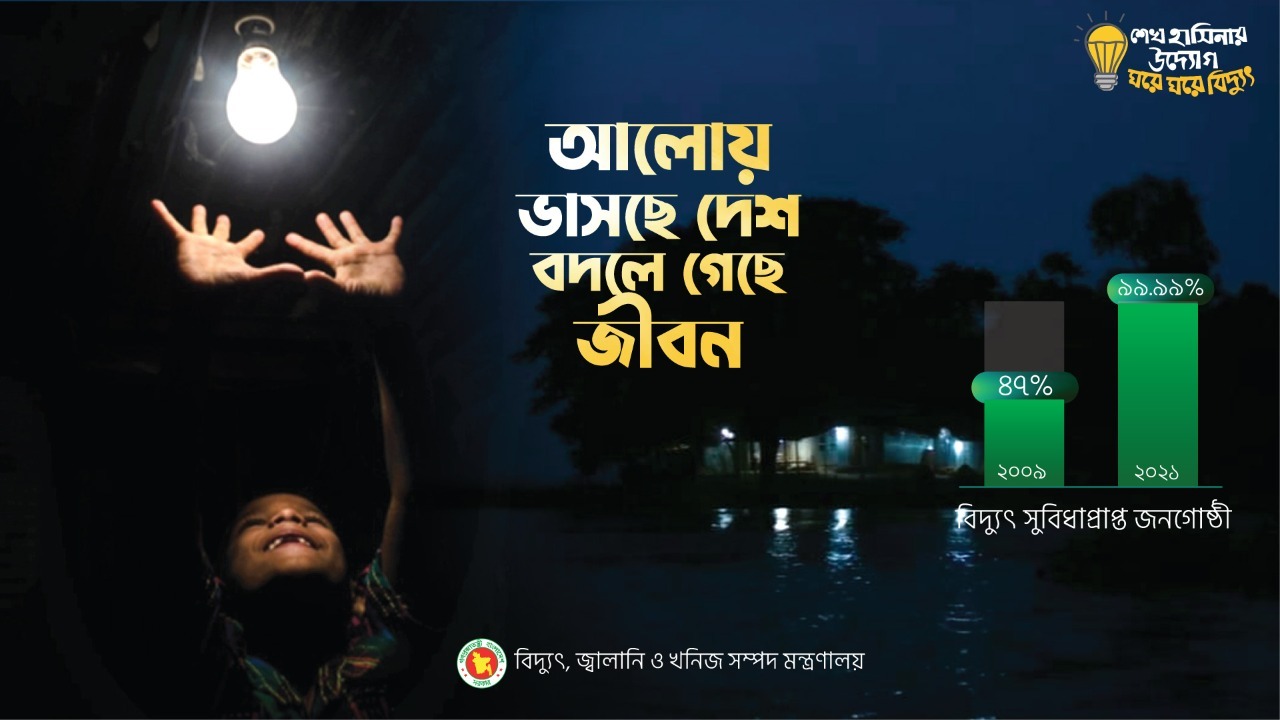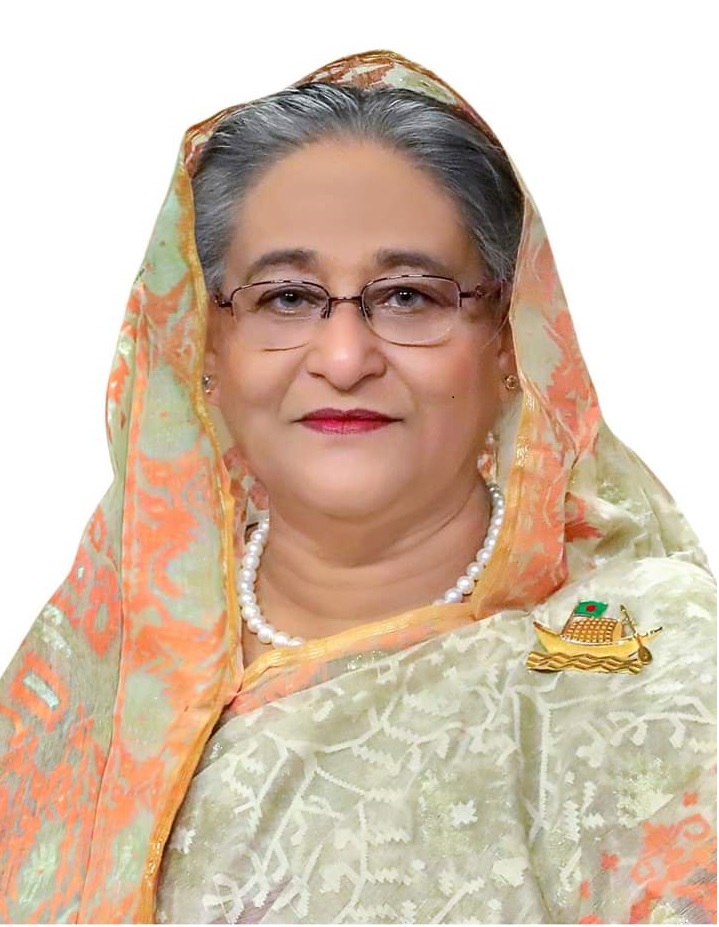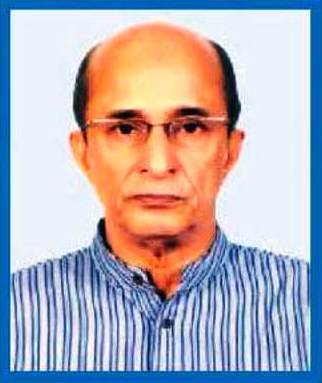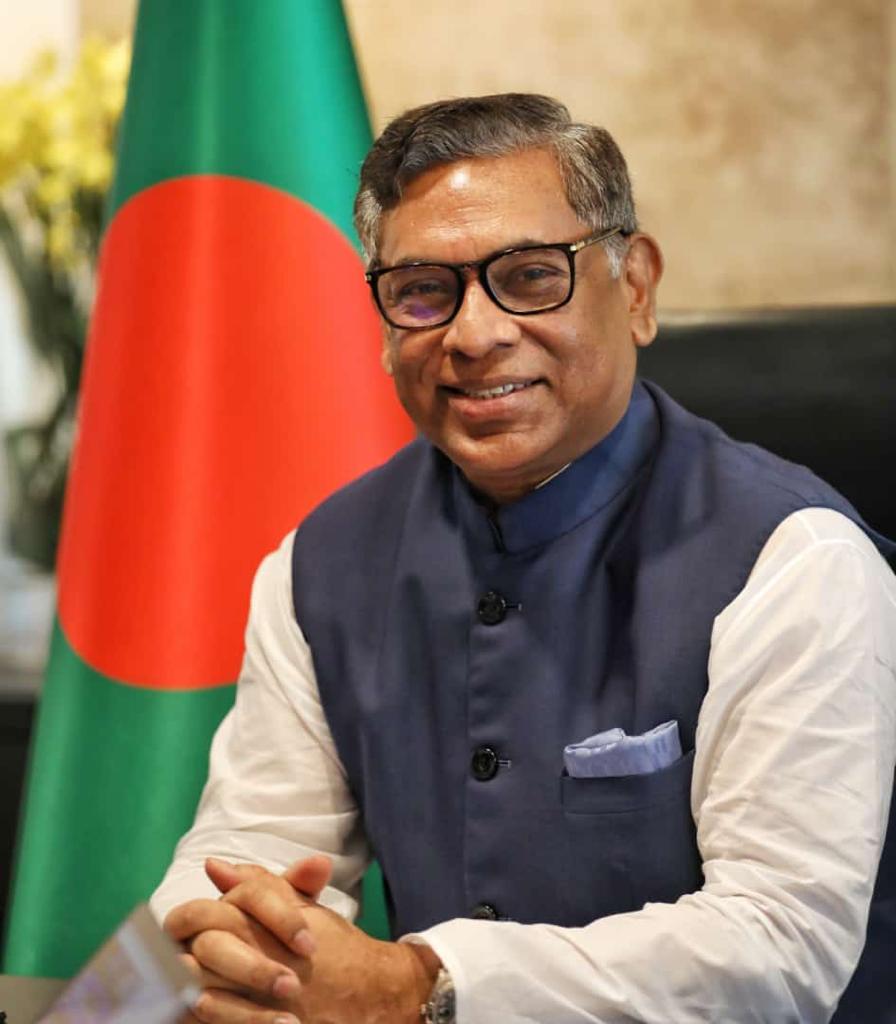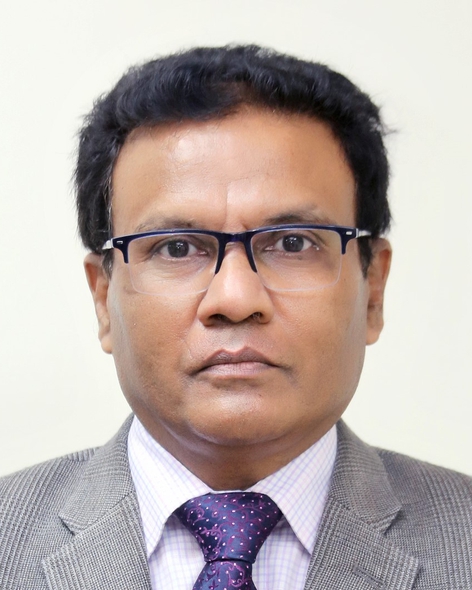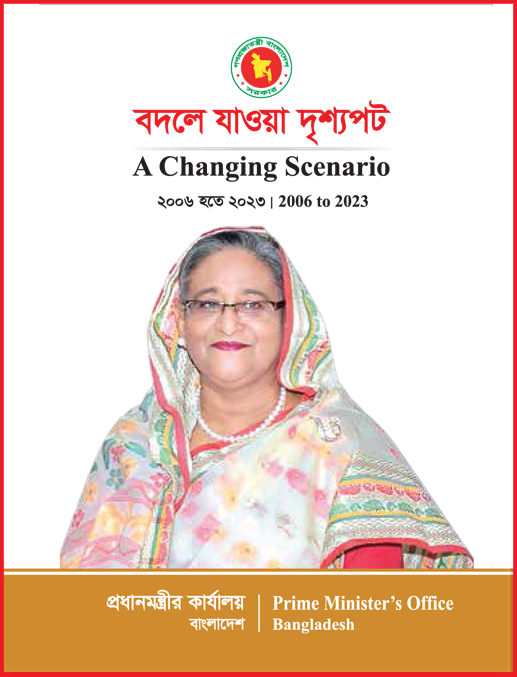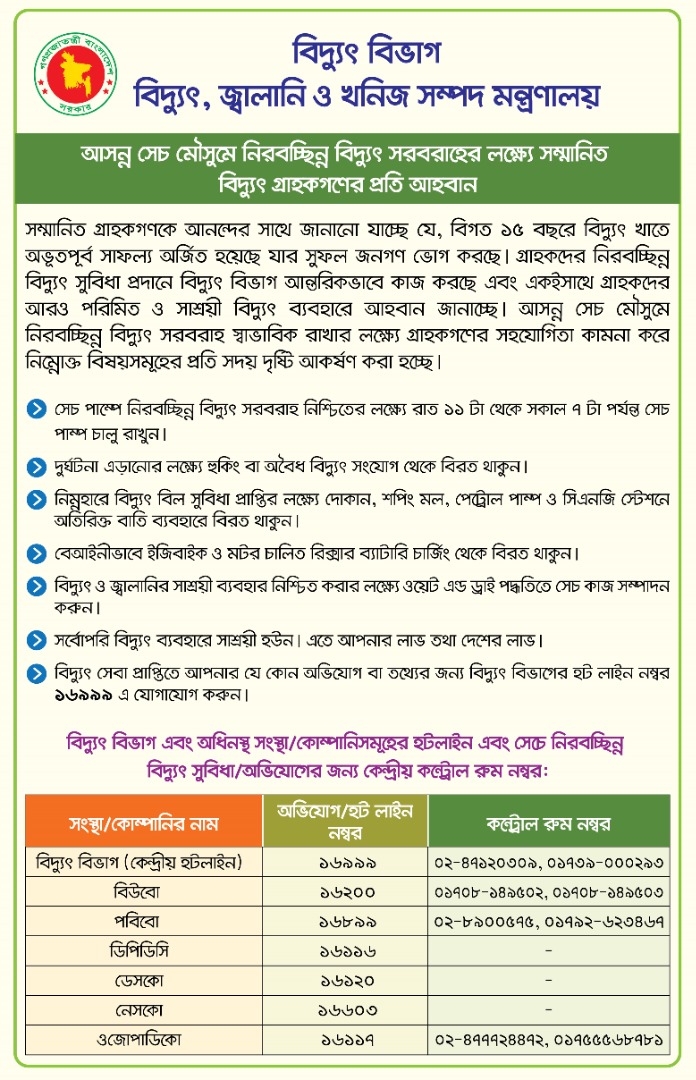মাস্টার প্ল্যান-২০১০
In order to develop the Bangladesh power sector, a Power Sector Master Plan (PSMP) was in place in 2005. The PSMP 2005 was mainly based on gas with the perception that Bangladesh has abundance of gas reserve. But the reality is reverse, as such even the existing gas based power plants could not be operated due to the shortage of adequate gas pressure and gas reserve is alarmingly depleting. Meanwhile, the government has declared its vision 2021 to provide electricity for all. To accommodate the changed scenario and the govt.'s vision 2021, a new PSMP 2010 has been undertaken considering coal as dominant primary fuel for the attainment of stable power supply up to the year 2030 in consideration of the diversification of fuel resources. The PSMP 2010 has been developed with the technical assistance of JICA and has been approved by the government after a thorough sector experts review and stakeholders consultations. The Study reveals that in order to attain a 8% GDP, the electricity demand would be 34,000MW by the year 2030.
The PSMP 2010 includes an optimum power development plan and identification of the potential power plant sites based on the fuel diversification study. It has been developed with fundamental conditions of the development e.g. demand forecast, procurement of primary energy resources, optimum power development plan, future optimum power supply structure including the positioning of gas-fired power plants, and so on. The fundamental objective is also to attain stable power supply by achieving the 3Es i.e, Economic Growth, Energy Security and Environmental Protection simultaneously. The government of Bangladesh set the maximum target to reduce poverty as soon as possible by achieving high economic growth, which could be achieved through a stable and efficient power system.
Considering the fuel diversification issue, the PSMP 2010 aims to acquire the fuel composition ratio would be coal 50% (30% domestic coal and 20% imported coal), natural gas 25% (including LNG), 5% liquid fuel and 20% nuclear including renewable and cross-border trade, thus prioritizes the use of domestic primary energy sources. However, in this case domestic energy supplies are not enough to fulfill the rapid demand growth for electricity and natural gas, it would be necessary to tap into other power sources from abroad. To achieve the best mix of energy supply including imported resources, it would be required to use economical and stable power source in consideration of environmental protection. Especially coal will be an important resource as the primary energy supply in Bangladesh hereafter, due to i) its price stability and lower volatility compared with oil and natural gas, ii) longer reserve production ratio compared with oil and natural gas, and iii) wide spread availability throughout the world and is expected to be supplied stably. In order to achieve the above target the PSMP 2010 addressed the following issues:
(1) Construction of imported coal power station
(2) Introduction of LNG facilities
(3) Construction of the oil fired power station
(4) Import the electricity generated by hydro power from the neighboring countries or joint development
(5) Introducing a high efficient power supply and lowCO2 emission technology
(6) Improving 10 points thermal efficiency on average
In line with the apparent curtailment of natural gas production, the improvement of gas utilization efficiency has become an urgent matter. To prioritize gas supply for higher efficiency power plants is very much required in order to improve the effectiveness of gas utilization in the whole power sector. Therefore, during the construction of a new power station, including the demolishment of the old power station, power expansion planning and system operation planning will be implemented in comprehensive consideration of the stability, environment and economies of scale in line with the introduction of the world’s class efficient combined cycle power station, and high efficiency and low carbon emission thermal power technology. Therefore PSMP 2010 has stressed the need of the followings:
(1) Higher efficient gas power station
(2) Development of domestic coal power station
(3) Reviewing O&M scheme
(4) Energy conservation, Demand side management
The PSMP 2010 also recommends the development of following infrastructure to cope up with the enhanced power system:
(1) Construction of deep sea port
(2) Improvement of the power transmission system
(3) Enhancement of gas transmission line
(4) Construction of fuel center
(5) Strengthening the domestic waterway
(6) Strengthening the railway system
The PSMP 2010 recommends to revise the tariff structure to recover maintenance costs and future investment for plant and equipment due to the fact that the current tariff does not envisage funding for neither appropriate maintenance nor future system expansion. While the prevailing tariff policy adheres to the cost reflection, it has also been recommended that the power development surcharge into the power tariff be introduced for the purpose of funding the development of the power system and/or energy saving projects. PSMP 2010 recommends to promote private investment and develop an environment that allows private funding and to create an effective and efficient competitive power market in order to make the power sector more effective and efficient
The aggregated investments for the development of the generation, transmission and related facilities are found to be at Taka 4.8 trillion (US$ 69.5 billion). The annual average of the investment amounts to Tk 241 billion (US$ 3.5 billion).
The government fully recognizes the fact that public sector investment alone is not sufficient to achieve its target and has aimed at mobilizing resources from the private sector investments. The government has been promoting the development of infrastructure through the promotion of Public-Private Partnership (PPP) as the policy to develop public services via private sector investment.
The Master Plan as a whole, requires an annual allocation of Tk 241 billion and the amount calculated for future availability covers only 51% of the total requirement, while the remaining 49% has yet to be identified in its funding source. It is imperative that the funding source needs to be expanded and efforts should be made to increase the funding volume from each of the funding sources to fill the gap.
In addition to what has been described of the conventional Sources of funds, funding can be sought to the mechanisms such as Global Environment Facility (GEF) and Clean Development Mechanism (CDM) established for protection of the global climate.
The present government after assuming the power in early 2009, has started tackling the problems in the power sector through immediate, short , medium and long term plan while launching a road-show to induce the private sector to invest in Bangladesh power sector. These events are demonstrating the government positive attitude, commitment and willingness to confront power sector issues. Such changes of the government attitude are acknowledged to have drawn positive responses from private investors. It is imperative to capture the momentum, that has already been created at this moment, and thus needs to keep up for creating a solid path for development.
The PSMP 2010 is of the opinion that each of the aforementioned constraints needs to be addressed and measures need to be implemented for improvement, revision, alleviation and strengthening for making an investment decision by an investor.
পাওয়ার সেক্টর সামারি রিপোর্টঃ ডাউনলোড করুণ

.jpg)

.jpg)
.jpg)
.jpg)
.jpg)
